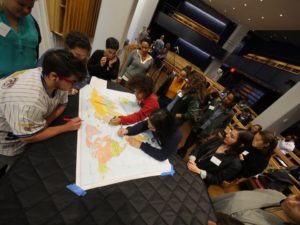Four AARC members, including my own daughter, graduated high school this year. They will be heading off to college in another month. Myisha, Eli, Jonas and Marley had a variety of high school experiences and are each embarking on their own unique path.
 Myisha Kinberg-Cowan graduated summa cum laude (just let me kvell for a second) from Washtenaw Technical Middle College and Washtenaw Community College with a Liberal Arts Transfer Associates Degree. She’ll be heading out to Portland, OR to attend Lewis & Clark College. She plans on majoring in computer science.
Myisha Kinberg-Cowan graduated summa cum laude (just let me kvell for a second) from Washtenaw Technical Middle College and Washtenaw Community College with a Liberal Arts Transfer Associates Degree. She’ll be heading out to Portland, OR to attend Lewis & Clark College. She plans on majoring in computer science.
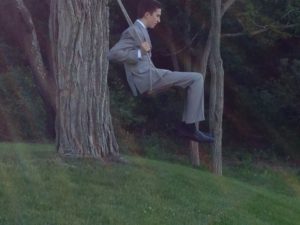 Eli Kirshner graduated from Ann Arbor Skyline. He received the “Equality SLC” award for fair-minded contributions to his school and to the greater Ann Arbor community. He will be attending Oberlin College in Ohio in the
Eli Kirshner graduated from Ann Arbor Skyline. He received the “Equality SLC” award for fair-minded contributions to his school and to the greater Ann Arbor community. He will be attending Oberlin College in Ohio in the
fall.
Marley and Jonas graduated from Washtenaw International High School. Marley will be going to Macalester College in St. Paul, MN. Jonas will be going to Michigan State University honors program. Jonas will be performing as Jay in “Lost in Yonkers” at Ypsilanti’s Riverside Arts Center, from August 25th to September 3rd. It’s a great theater – come and enjoy! (Why yes, MSU move-in is August 28th…).
in St. Paul, MN. Jonas will be going to Michigan State University honors program. Jonas will be performing as Jay in “Lost in Yonkers” at Ypsilanti’s Riverside Arts Center, from August 25th to September 3rd. It’s a great theater – come and enjoy! (Why yes, MSU move-in is August 28th…).
Mazel tov to all of you and your families!






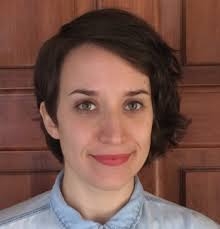 The concluding public session of our weekend
The concluding public session of our weekend 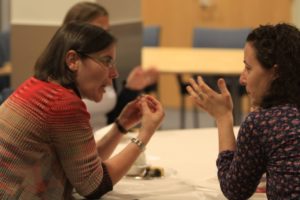 Reported by Martha Kransdorf and Sallygeorge Wright
Reported by Martha Kransdorf and Sallygeorge Wright by Clare Kinberg
by Clare Kinberg
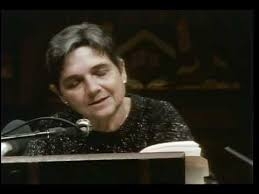 It started last evening. I was watching (on facebook) the first “
It started last evening. I was watching (on facebook) the first “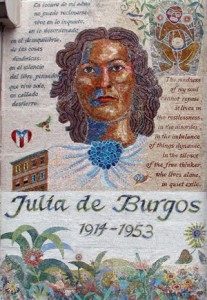 You can find more of
You can find more of 
